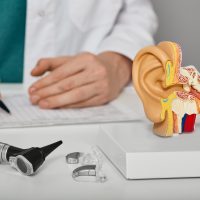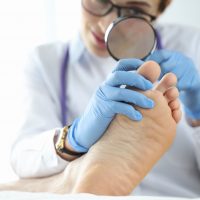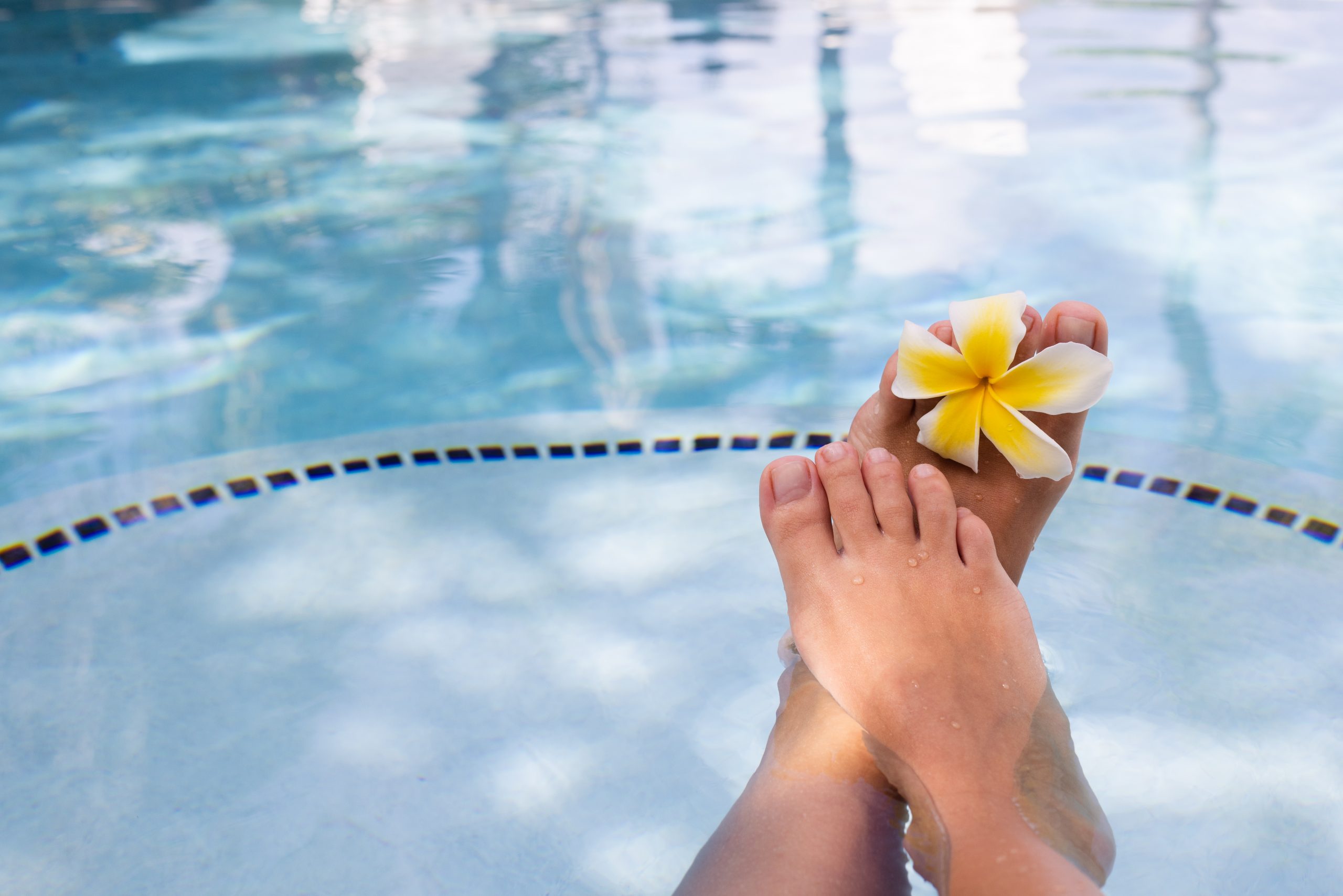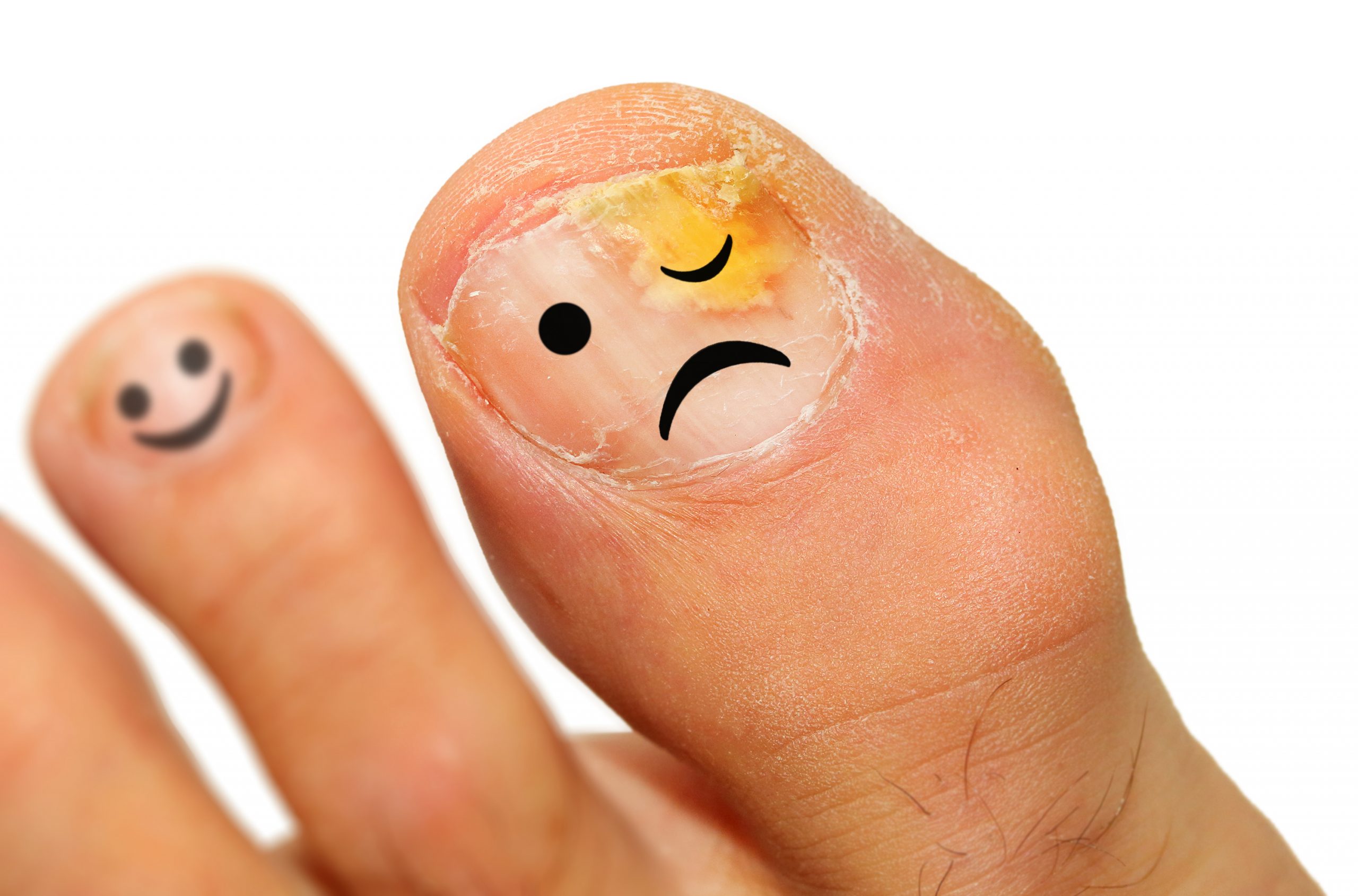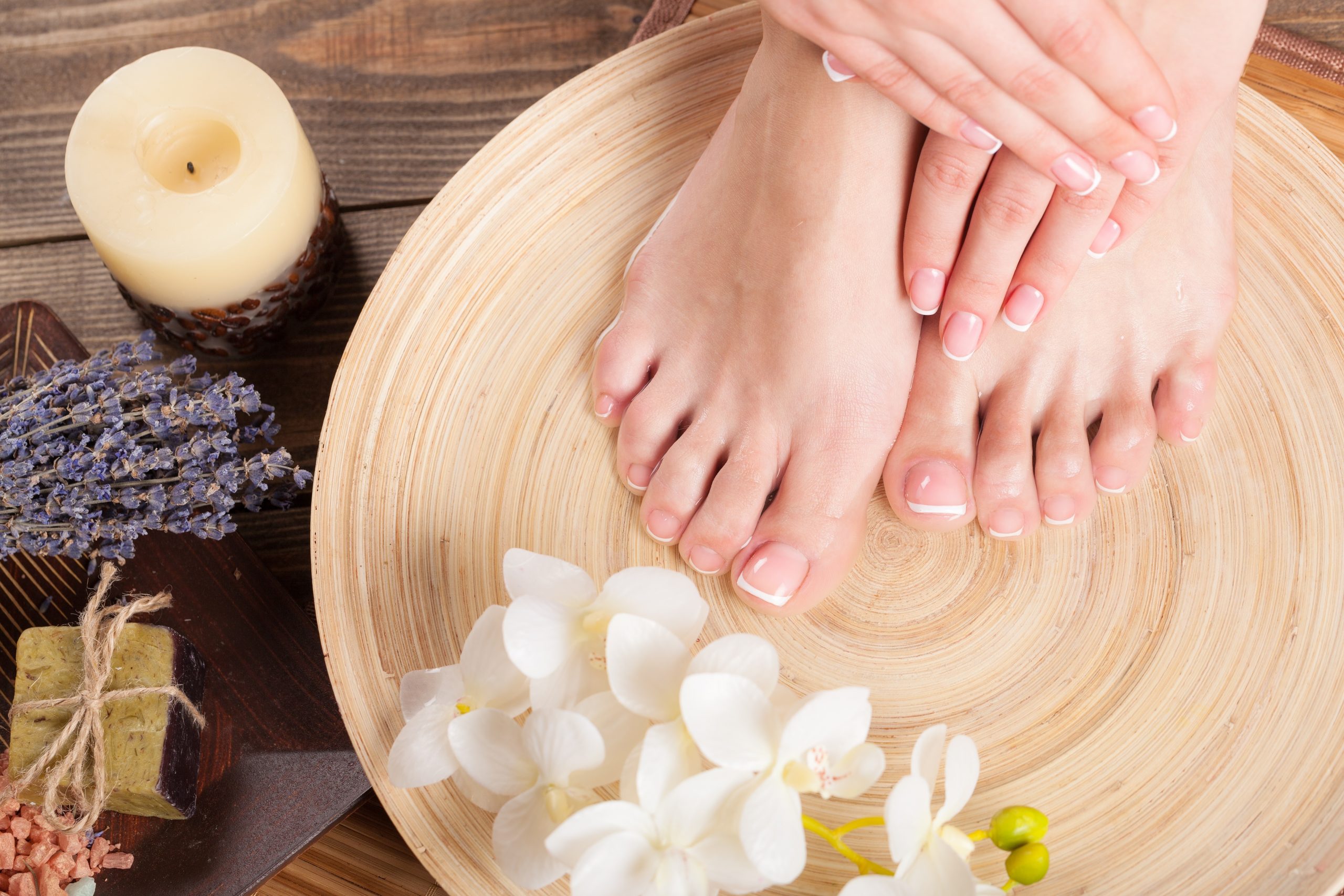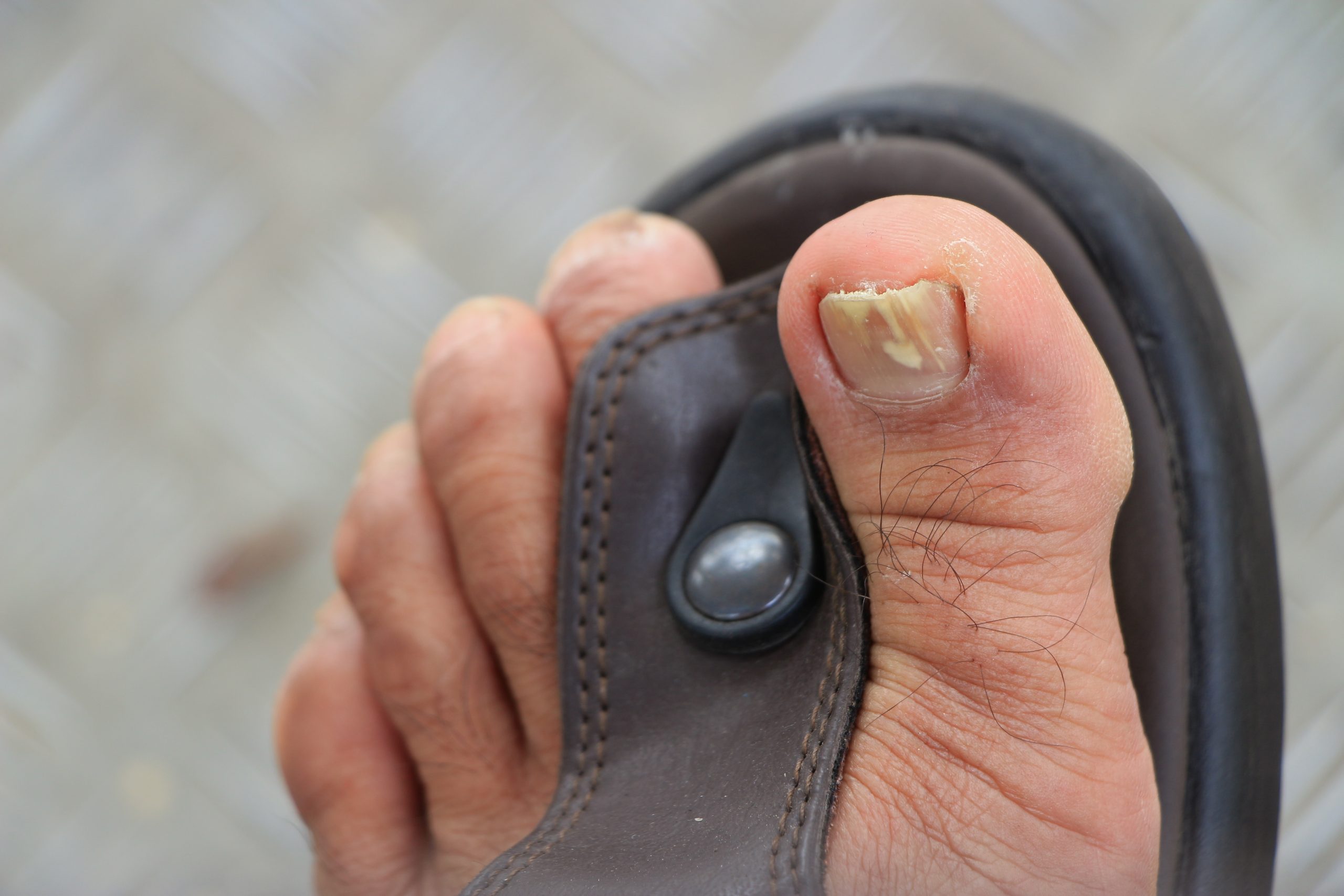Traveling can be an exciting adventure, but it also exposes us to various environments and conditions that can increase the risk of toenail fungus. Toenail fungus, or onychomycosis, is a common fungal infection that can be challenging to treat. Fortunately, there are steps you can take to prevent toenail fungus while traveling. In this article, we will discuss useful tips for toenail fungus prevention to keep your feet healthy on the go.
- Wear Breathable Footwear: Opt for shoes made of breathable materials, such as leather or mesh, to allow air circulation and prevent moisture buildup. Avoid wearing tight-fitting or non-breathable shoes for extended periods, as they create an environment conducive to fungal growth.
- Pack Extra Socks: Pack enough clean, moisture-wicking socks to change them regularly. Moisture-absorbing socks, such as those made of wool or synthetic blends, can help keep your feet dry and minimize the risk of fungal infections. Change into clean, dry socks whenever your feet feel damp or sweaty.
- Choose the Right Footwear for Different Environments: Consider the type of activities and environments you’ll encounter during your travels. If you’ll be walking on wet surfaces or in shared spaces like swimming pools or gym showers, wear waterproof or water-resistant sandals or shoes to minimize direct contact with potentially contaminated surfaces.
- Practice Proper Foot Hygiene: Maintain good foot hygiene while traveling. Wash your feet with soap and water regularly, paying extra attention to the spaces between the toes. Dry your feet thoroughly, especially the areas around the nails, as fungus thrives in moist environments. If possible, use a separate towel for your feet to avoid cross-contamination.
- Use Antifungal Sprays or Powders: Apply antifungal sprays or powders to your feet and inside your shoes as a preventive measure. These products can help reduce moisture and create an inhospitable environment for fungi. Look for products containing ingredients like clotrimazole, miconazole, or undecylenic acid.
- Avoid Walking Barefoot: When you’re in public spaces like communal showers, locker rooms, or hotel rooms, avoid walking barefoot. Wear flip-flops, shower shoes, or water shoes to protect your feet from potential fungal exposure.
- Trim Nails Properly: Keep your toenails trimmed, straight across, and at a moderate length. Avoid cutting them too short or rounding the corners, as this can increase the risk of ingrown toenails and create entry points for fungi. Use clean, sanitized nail clippers or scissors for nail trimming.
- Don’t Share Personal Foot Care Items: Toenail fungus can spread from person to person. Avoid sharing nail clippers, emery boards, or other foot care tools with others to minimize the risk of infection. If you’re visiting a salon for a pedicure, make sure they follow proper hygiene practices and use sterilized tools.
- Allow Shoes to Dry Completely: After a long day of exploring or engaging in activities, remove your shoes and allow them to dry completely before wearing them again. This can help prevent the accumulation of moisture and reduce the chances of fungal growth.
- Be Mindful of Prolonged Moisture: Moisture is a primary factor contributing to toenail fungus. Be cautious of prolonged exposure to moisture, such as sweaty shoes or wet socks. If your feet become damp, take the opportunity to dry them or change into fresh socks and shoes.
By implementing these preventive measures, you can reduce the risk of toenail fungus and keep your feet healthy while enjoying your travel adventures. However, if you notice any signs of a toenail fungal

